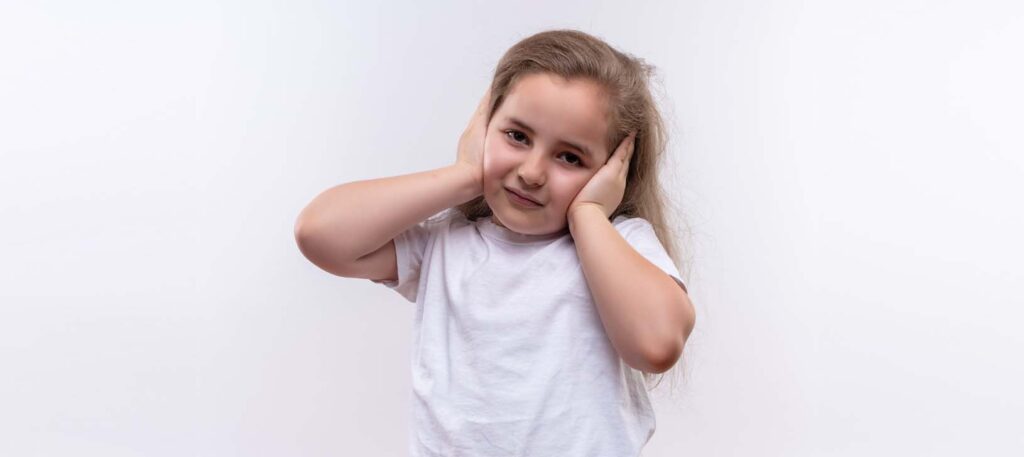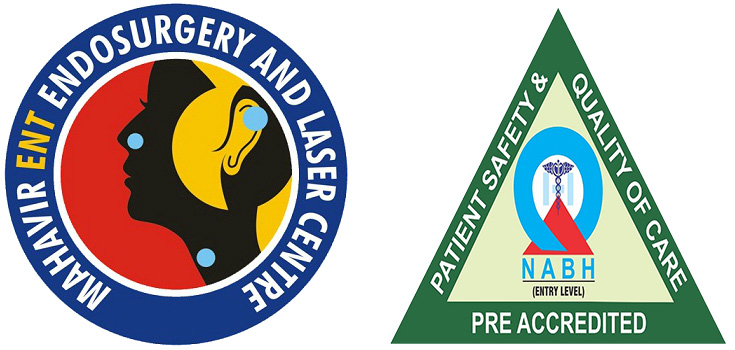Ear Pain
Services > Ear Pain
- Vertigo
- Ear Wax
- Ear Pain
- Ear Infections
- Ear Cholesteatoma
- Acoustic Neuroma
- Torn Ear Lobes
- Perforation In Ear
- Ototoxicity
- Otitis Media
- Mastoiditis
- Hearing loss
- Foreign bodies in the ear
- Rhinoplasty
- Breathing Problems
- Foreign bodies in nose
- Nasal Bone Fracture
- Nasal Septum
- Nasal Polyp
- Nasal Deformity
- Nosal Allergy Clinic
- Nose Bleeding Treatment
- Sinus Treatment
- Chronic Sinusitis
- Adenoidectomy
- Voice Disorders
- Salivary gland problems
- Papillary Thyroid Carcinoma
- Oral and Throat problems
- Laryngeal Vocal Nodules
- Laryngeal Vocal Cord Palsy
- Foreign body in esophagus
- Foreign body in bronchus
- Difficulty in Swallowing
- Cancer of the Larynx
- Sleep Apnea
- Snoring Treatment
- Head & Neck Cancer
- Thyroid Cancer / Papillary Carcinoma

What Is Ear Pain?
Most ear pain clears up on its own without any treatment. But if it’s not getting better, or if you have other, more serious symptoms, you may need to see a doctor.
Most people assume earaches and ear pain happen only to children, but they can also happen to adults. An earache may affect one or both ears, but the majority of the time it’s in one ear. Ear pain may be dull, sharp, or burning, and it may feel constant or come and go.
Pain in the ear can have multiple causes. It can be an early sign of colds, flu, or infection. If you have an ear infection, fever and temporary hearing loss may occur.
A person with ear pain feels discomfort in the outer, middle, or inner ear. Ear pain may be caused by an ear injury, inflammation, or infection. The most common cause of ear pain is an ear infection, such as otitis media or otitis externa. Otitis media is an infection of the middle ear, while otitis externa is an infection of the ear canal.
- Ear infection
- Changes in air pressure, such as when flying on a plane
- Earwax Buildup
- A foreign object in the ear
- Strep Throat
- Sinus Infection
- Shampoo or water trapped in the ear
- Use of cotton swabs in the ear
- Temporomandibular joint (TMJ) syndrome
- Perforated Eardrum
- Arthritis affecting the jaw
- Infected Tooth
- Impacted Tooth
- Braces on Teeth
- Eczema in the ear canal
- Chronic facial nerve pain

Earaches in Babies and Children
Earaches and ear pain in children are a fact of life for parents and are one of the most common reasons they call their pediatrician after hours. Experts estimate that 3 out of 4 babies develop ear infections, when fluid in the middle ear builds up and inflammation develops, but diagnosing the exact cause can be challenging.
Young children and babies who have ear infections tend to be fussy and irritable. They may also cry and tug at or rub their ears. Other signs of earaches in babies include trouble sleeping, waking at night, fever, clumsiness, and difficulty hearing. Very rarely, earaches in children can result in hearing loss.
Symptoms associated with ear pain depend on the underlying cause. Symptoms that may occur with otitis externa include ear redness, ear swelling, ear tenderness, and discharge from the ear canal. Additional symptoms that may occur with otitis media include fever, sinus congestion, hearing loss, dizziness, and vertigo — a feeling that the room is spinning. Symptoms of ear pain include:
- Babies appearing hot and irritable
- Children pulling, tugging, or rubbing an ear
- A high temperature
- Poor feeding in babies, or loss of appetite in children
- Sleep problems and restlessness at night
- Coughing and runny nose
- Not hearing as well as normal
- Balance problems
How to Prevent Ear Pain?
To prevent ear pain, avoid smoking and exposure to secondhand smoke, and allergy triggers like dust and pollen, all of which can irritate your sinuses and cause earaches.
People at risk for ear pain should avoid loud music, concerts, and environmental noise, such as banging construction. If you can’t avoid loud noises, it’s worth investing in a good pair of earplugs or noise-canceling headphones.
Keep all foreign objects out of the ear and, if you swim, wear earplugs and a bathing cap. Always take time to carefully dry your ears after swimming, showering, or bathing.

